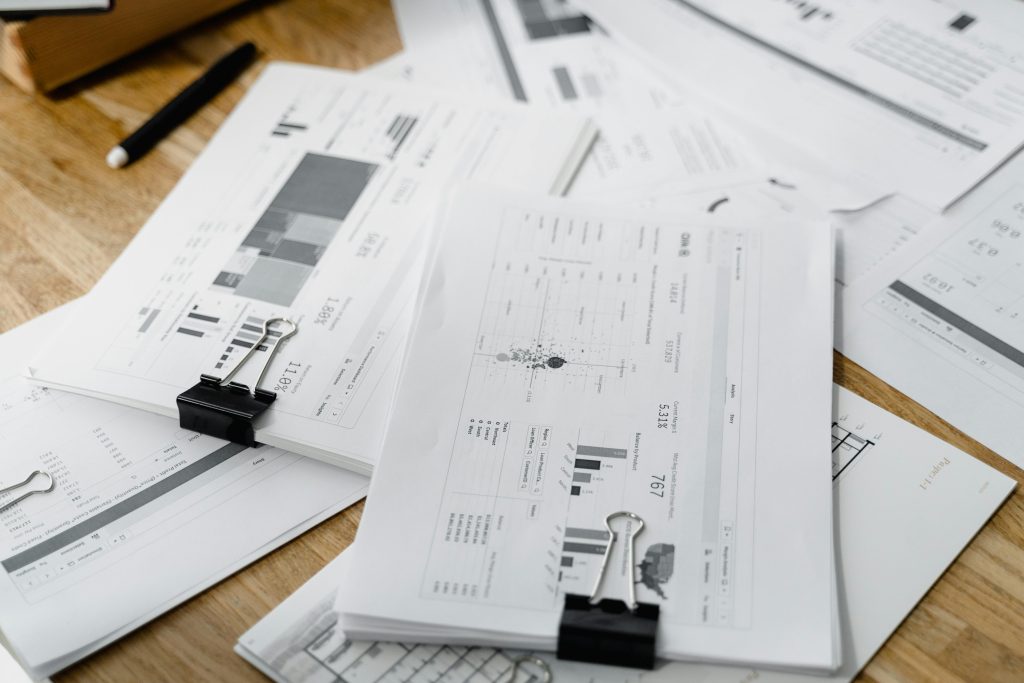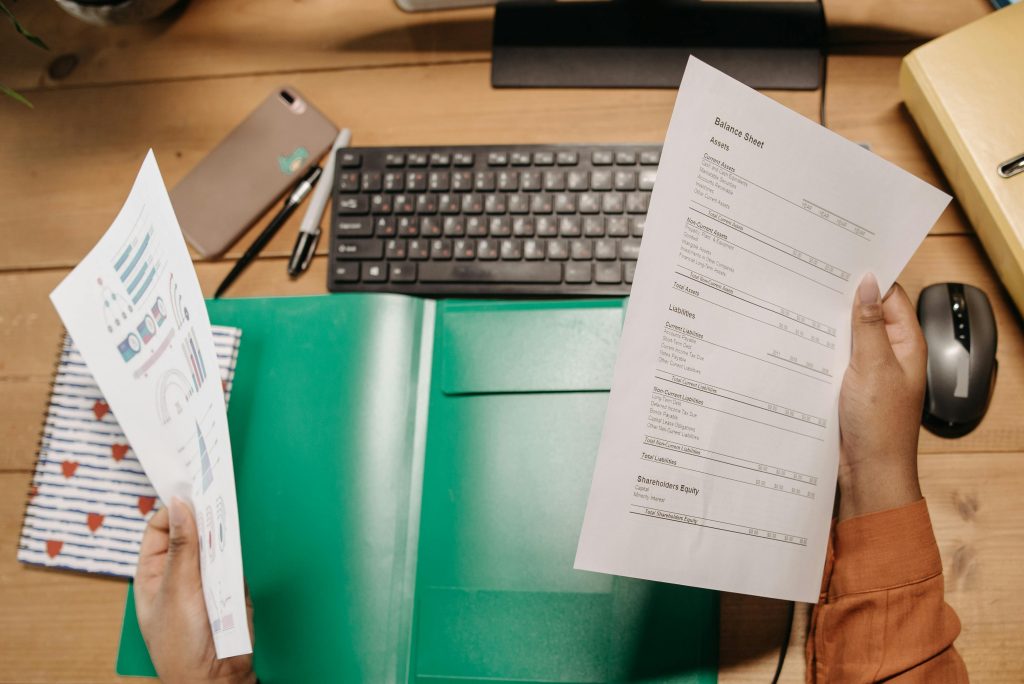Introduction
As a property owner or investor, one of the most important tools you have to evaluate performance is your monthly financial statement. But if you’re not an accountant, reading those reports can feel like deciphering a foreign language—ledgers, debits, reserves, accruals… what does it all mean?
Understanding how to read and interpret your financial statements empowers you to:
- Track your cash flow
- Evaluate property profitability
- Make informed investment decisions
- Identify issues early

In this guide, we’ll walk you through how to confidently read, understand, and leverage property management financial reports—no finance degree required.
1. What Is a Property Financial Statement?
A property financial statement is a monthly report package prepared by your property management company. It summarizes your property’s financial performance and activity over a specific period (usually the last 30 days).
Think of it as a business report card—it shows whether your investment is making or losing money, where your expenses are going, and what actions were taken on your behalf.
2. Core Components of a Financial Statement Package
Here are the key reports you’ll typically receive:
| Report Name | Purpose |
|---|---|
| Owner Statement (P&L) | Summary of income and expenses |
| Rent Roll | Shows rent status for each unit or tenant |
| General Ledger | Itemized list of transactions |
| Expense Breakdown | Categorized vendor payments |
| Owner Draw Report | Shows money transferred to your account |
| Tenant Ledger | Activity history per tenant |
| Reserve Balance Report | Current funds held for future expenses |
Let’s break down how to interpret each one.
3. Owner Statement (aka Profit & Loss Statement)
This is your main performance summary.
📄 Sample Layout:
bashCopyEditINCOME:
Rent Collected $8,000
Late Fees Collected $150
EXPENSES:
Maintenance $1,200
Property Management $800
Utilities $200
Landscaping $300
NET OPERATING INCOME (NOI): $5,650
Owner Draw (disbursed): $5,500
Reserve Holdback: $150
🔍 Key Terms Explained:
- Rent Collected: Total rent received in the month.
- Late Fees Collected: Any penalty income from tenants.
- Expenses: Broken down into categories—repairs, management fees, insurance, etc.
- Net Operating Income (NOI): Income minus operating expenses—the real performance metric.
- Owner Draw: What was transferred to you.
- Reserve Holdback: Funds held in trust for future expenses.
4. Rent Roll
This report shows the status of rent for each unit or tenant.

🧾 Key Columns:
- Tenant Name
- Unit Number
- Monthly Rent Amount
- Rent Due
- Rent Paid
- Balance Due
- Lease Start/End Dates
📌 Why It Matters:
- Helps you see who paid rent and who didn’t
- Identifies upcoming lease expirations
- Tracks delinquencies over time
✅ Tip: If a tenant consistently shows a past-due balance, ask your manager for a collections update.
5. General Ledger (GL)
Think of this as a checkbook for your property—a line-by-line listing of every transaction.
🔢 What’s Included:
- Date of transaction
- Vendor or tenant name
- Type (e.g., rent payment, plumbing repair)
- Debit (expense) or Credit (income)
- Running balance
🧠 How to Read It:
- Look for high or unexpected expenses
- Spot duplicate charges
- Verify rent payments match Rent Roll
6. Expense Detail Report
A breakdown of all money spent, grouped by category.
📋 Categories Might Include:
- Repairs & Maintenance
- Lawncare
- Legal Fees
- Pest Control
- Advertising
- Cleaning/Turnover
📌 Questions to Ask:
- Are any vendors charging more than usual?
- Do any costs seem abnormally high for the season?
- Were these expenses pre-approved (if required)?
🔍 Pro Tip: Ask your manager to flag any expense over $500 or to attach invoices for all repairs.
7. Owner Draw and Reserve Report
💸 Owner Draw
- Shows the amount transferred to your bank account
- May include notes (e.g., partial payment due to upcoming big repair)
🏦 Reserve Report
- Lists the reserve fund balance held for your property
- These funds cover emergencies or planned capital expenses
📘 Example:
You have $1,500 in reserves. A $300 plumbing repair is deducted from reserves, leaving $1,200 in balance.
8. Tenant Ledger
Shows all financial activity for each tenant individually.
🧾 Sample Entries:
- Rent Charged: $1,200
- Rent Paid: $1,200
- Late Fee: $50
- Payment Applied: $1,250
Helps resolve disputes by showing:
- When tenants paid
- Any missed payments
- Overpayments or credits
9. Metrics to Track Every Month
| Metric | Why It’s Important |
|---|---|
| Occupancy Rate | Higher occupancy = higher revenue |
| Rent Collection Rate | Measures financial health and tenant quality |
| NOI (Net Operating Income) | Core performance metric |
| Maintenance Cost per Unit | Reveals efficiency and aging issues |
| Delinquency Rate | Helps predict cash flow gaps |
10. Common Questions Property Owners Have

❓ Why is my Owner Draw less than NOI?
- Reserve contributions or major expenses might be withheld
- Manager may be holding funds for upcoming repairs
❓ I see a new vendor—who authorized it?
- Ask your manager about any new or unexpected payees
❓ There’s a tenant with unpaid rent—what’s happening?
- Cross-reference Tenant Ledger
- Request delinquency strategy (payment plan, legal notice, etc.)
❓ What does “accrual” vs. “cash” accounting mean?
- Cash Basis: Records income/expenses when money changes hands
- Accrual Basis: Records when the transaction is incurred, not paid
11. Red Flags to Watch For
- 📉 Multiple months of negative NOI
- ❌ Frequent or unexplained vendor charges
- 🐢 High delinquency rate with no eviction activity
- 🧾 Lack of receipts or documentation
- 🕳️ Empty units with long vacancy periods
If you see these consistently, ask your manager for a performance improvement plan.
12. Tips to Better Understand Your Financials
- 🧠 Ask for Clarification: Good property managers want you to understand
- 📊 Compare Month-to-Month: Look for trends
- 💡 Use Dashboards: Ask if your manager offers a visual summary
- 📅 Review Quarterly Too: Monthly is short-term; quarterly shows longer trends
- 📥 Request a Year-End Summary: Helps with tax prep
Conclusion
Reading your property financial statements may seem daunting at first, but once you know what to look for, they become your most valuable asset management tool.
By understanding the Owner Statement, Rent Roll, General Ledger, and Expense Reports, you’ll be able to:
- Track your property’s profitability
- Catch issues before they escalate
- Ask smarter questions
- Make informed decisions

You don’t need to be a CPA—you just need the right questions and consistent attention.
Related FAQs
1. What if I don’t understand a charge?
Ask your property manager for clarification or supporting documentation.
2. How often are these reports sent?
Most managers provide statements monthly, typically in the first week of the new month.
3. Can I access reports online?
Yes, many managers offer online portals where reports are downloadable 24/7.
4. Are these reports tax-ready?
Yes. At year-end, your manager should provide 1099s and a summary report for taxes.
5. What if I own multiple properties?
You should receive a consolidated report as well as property-level breakdowns.
